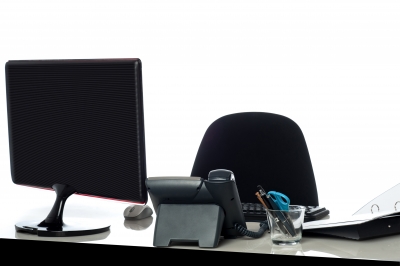by Lisa Janusz
There’s no escaping the seemingly endless mountain of toys that builds (and builds) when you have children. Sometimes I feel like it multiplies when I’m not looking! I have my methods for trying to keep toys manageable. But even my methods are being tested these days. With birthdays and Christmas all within a 3-month period, the rapid increase is quickly heading towards overwhelm.
Before that happens, I will do a toy intervention of sorts. If you are experiencing a similar situation, here are some Feng Shui-aligned ideas on how to handle.
 Have limitations on toy storage.
Have limitations on toy storage.
This means that when an area is full – it’s not time to find a new area, it’s time to rethink what’s going there. We have enough space dedicated to toys (both boys are still on the younger side): toybox and ottoman in the living room and two closets (not entirely filled with toys). That is plenty of room. When there are too many toys (like now) to fit, we get to work on making room for our current favorites.
Purge. Downsize. Release.
Whatever you want to call it, it’s necessary decluttering to downsize the toy collection. We do this a couple of times a year, keeping in mind we want to be gentle and manageable. First, we dedicate space on our main floor to our favorites (as mentioned above). Then we move toys we’re not yet ready to part with to the basement. These are toys that have been outgrown or just don’t fit with the current play style. They are accessible to make the transition easier (but not readily available). Toys that are played with anyway are kept a little longer, but those that are mostly forgotten are donated.
Make it timely, easy and meaningful.
We sort toys at least twice a year (timely) and as Carole mentioned above, we have a dedicated, ongoing spot for donations (easy). This is key. It’s become such a part of our routine that my eldest has placed items to donate in the spot and let me know he added something. To make it meaningful, as we go through the process we talk about how lucky we are to have so much and that someone with less will enjoy it. My hope is that they view donating as not taking toys away from them, but giving to someone else.
It’s not always easy; sometimes we have to make some “tough decisions” about what needs to go. But for me, it’s a life lesson in that it’s a constant process (even for me). As you know, with Feng Shui, everything is energy so we need to be diligent about what we keep in our space. If it doesn’t support us, it should be given the chance to support someone else.
 By Jessica Hoelzel
By Jessica Hoelzel By Carole Hyder
By Carole Hyder By Lisa Janusz
By Lisa Janusz By Lisa Janusz
By Lisa Janusz By Lisa Janusz
By Lisa Janusz

 Su-Yoon Ko
Su-Yoon Ko




Recent Comments